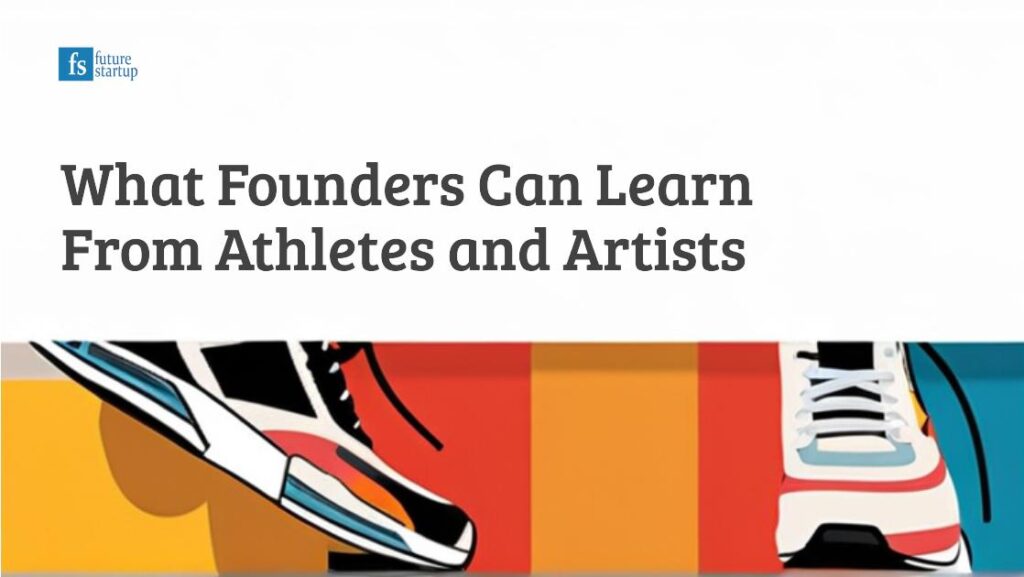I.
In their beautiful book Art and Fear, David Bayles and Ted Orland offer a simple recommendation for doing good work. The authors suggest if you want to do high-quality work, you have to do a lot of not-so-good-quality work first. If you try to achieve quality in one go, you will not succeed.
The authors assert that the quantity of work you do ultimately dictates the quality of your work. Producing a lot of low-quality work is the most surefire path to producing high-quality work in the future.
This dictum is true for artists of all kinds and athletes. It can equally be true for entrepreneurs.
The authors use the following example in the book:
“Let’s take a specific example. Say you’re designing a high-quality clay pot – and you’ve never done this before.
What’s a good way to develop taste for quality here?
If you’ve heard this clay pot parable, you know the answer: start by making lots of crap pots.
The ceramics teacher announced on opening day that he was dividing the class into two groups. All those on the left side of the studio, he said, would be graded solely on the quantity of work they produced, all those on the right solely on its quality. His procedure was simple: on the final day of class he would bring in his bathroom scales and weigh the work of the ‘quantity’ group: fifty pounds of pots rated an ‘A,’ forty pounds a ‘B,’ and so on. Those being graded on ‘quality,’ however, needed to produce only one pot—albeit a perfect one—to get an ‘A.’
Well, came grading time and a curious fact emerged: the works of highest quality were all produced by the group being graded for quantity. It seems that while the ‘quantity’ group was busily churning out piles of work—and learning from their mistakes—the ‘quality’ group had sat theorizing about perfection, and in the end had little more to show for their efforts than grandiose theories and a pile of dead clay.”
This is similar to what Malcolm Gladwell describes in his book Outliers as the 10,000-hours rule. And it echoes what marathon champion Eliud Kipchoge means when he says:
“What we’re looking for here is consistency. Are you really training for all those four months? Are you eating well? Are you actually building in a positive way? That’s what’s required in sportsmen and -women in order to run very fast.”
You can apply this theory to almost every profession. Quality is an outcome of quantity. The quality of your game depends on the hours you spend in practice before the game. The quality of your drawing depends on the total drawings you’ve made over the years of your career. The quality of your essay depends on the number of essays you produce every day. And so on.
II.
Can the same rule be applied to entrepreneurial success? I think so. A few years back researchers found that the average age of successful founders is 36. There must be reasons for that number. One needs time to train to be an entrepreneur — doing other work, launching projects, trying ideas, etc.
While I couldn’t find any research about the average number of failed startups or moderately successful startups a founder builds before they end up building a massively successful company, my hunch is that it is more than one.
For founders, working for other early-stage companies can be considered practice. More so if the company you are working for offers you opportunities to test your entrepreneurial skills. If we look around, most entrepreneurial success stories come with precedence of a ton of failure stories or stories of trying different things before. And almost none of today’s most successful startups followed a straightforward trajectory.
Take, for example, Mailchimp. The company was acquired by Intuit for $12 billion last year. Mailchimp founders did not go straight to creating the company. Before Mailchimp, they tried other businesses. From NYTimes:
“Chestnut thought he could repurpose some old code he had used to create a failed online greeting card business. One of his old greeting cards featured a drawing of a chimp, so he thought he would call the new email service ChimpMail, but the domain name was taken. So he went with MailChimp.”
The same is true for many of today’s largest tech companies.
III.
This idea of quantity and success has become almost common sense in many fields. Athletes are about hours of training. In sales, it’s about the number of sales calls. The more calls you make, the greater your chance of conversions.
But when it comes to entrepreneurship and making things, we often look down upon the idea of trying.
We now have a romantic idea about failure—that failure is necessary for success. In reality, we still discourage failures. We expect we should succeed in our first attempt. But the rule says otherwise. Founders can borrow an important insight from the clay pot story: You can’t make the best quality clay pot on your first attempt no matter how much you prepare and try. Your clay pot will always be as good as the number of bad clay pots you’ve made before it.

